Outdated, But Menacing
Japan’s Ground Self-Defense Force (JGSDF) is tasked with the coastal defense of repelling any landings, and one critical component of such strategy is striking enemy vessels using surface-to-ship missiles or SSMs.
The heavy burden mostly lays on the seven SSM regiments, which operates mobile missile launchers from concealed positions, ideally in the inner-land areas or mountain regions.
As the Type 12 SSM’s procurement proceeds at a gradual pace, most regiments still use the older Type 88s, but despite being 35 years old, these missiles are considered to be effective enough.
- General Overview
| Length | 5.0m/16.4ft |
| Diameter | 35cm/13.8in |
| Mass (Weight) | 660kg/1,455lb |
| Speed | 1,150 km/h (715mph) |
| Range | 150〜200km/93〜124miles |
| Unit Price | 2〜3 million USD |
The Type 88 SSM was developed based on the Type 80 Air-to-Ship Missile used by the Air Force, sharing a similar warhead and configuration.
A single unit within the SSM regiment would be consisted of a large truck-mounted launcher with six missiles, as well as mobile fire control systems, search radars, and reloading equipment.
During actual operations, it would be a common practice to position only the search radar on the coastline, whereas the launchers and other equipment remain inland to enhance their survivability.
In addition to the search radar, target information can be relayed from patrol planes and other reconnaissance assets, though realtime sharing of intel cannot be expected.
Once launched, the missile uses an inertial navigation system to determine its position and speed, following a pre-set route. After skimming through the complex terrain and reaching the ocean, the missile will lower its altitude to evade detection, and activate its radar to locate the target.
The Type 88 missile is also designed to withstand electronic jamming, and has demonstrated an impressive record of consistent accuracy during live-fire exercises.
Redemption of Cruise Missiles
Now, the Type 88 is obviously on the back foot when compared to the newer Type 12 SSM, which features better accuracy and destructive power.
That being said, the Type 88 is substantial enough to pose a imminent threat to enemy surface fleets, especially when used in multiple numbers or in conjunction with other anti-ship missiles or drones.
The missile itself may lag behind in terms of overall performance, but it can still contribute to distracting enemy air-defense or creating an opening for other weapons.
Or, it doesn’t even need to be fired since merely deploying these missiles can deter enemy ships from approaching the coast, thus restricting their operational freedom.
These expectations have been actually proved by Ukraine’s successful strike on the Russian cruiser “Moskva” in 2022. The incident has not only reassured the value of anti-ship cruise missiles, but debunked the previous skepticism regarding their velocity and effectiveness.
Witnessing Ukraine’s battlefield accomplishment, Japan is once more reaffirming its strategy on employing SSMs to counter enemy navies. This includes the continued use of older Type 88s, offering a cost-effective solution to tackle the growing threat of the Chinese Navy without engaging in a head-on naval arms race.

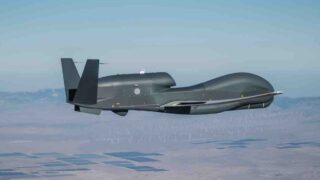
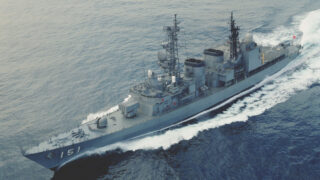
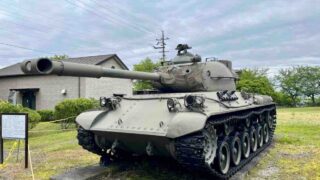
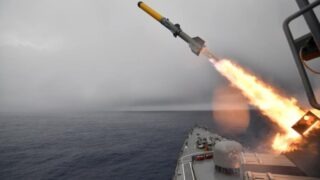
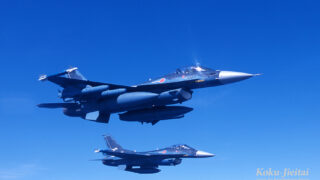
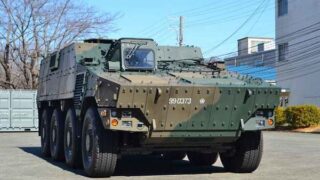

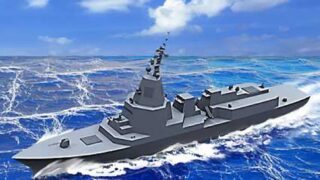
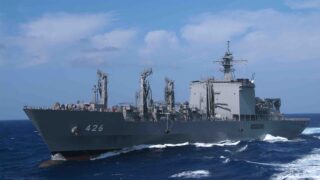
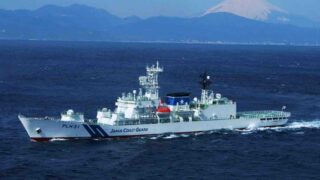



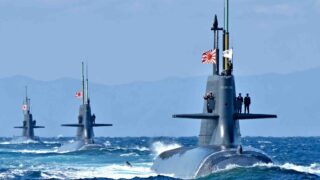

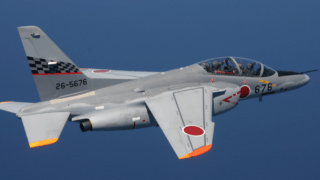
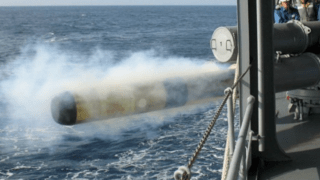
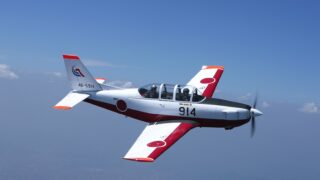
.jpg)
Comments